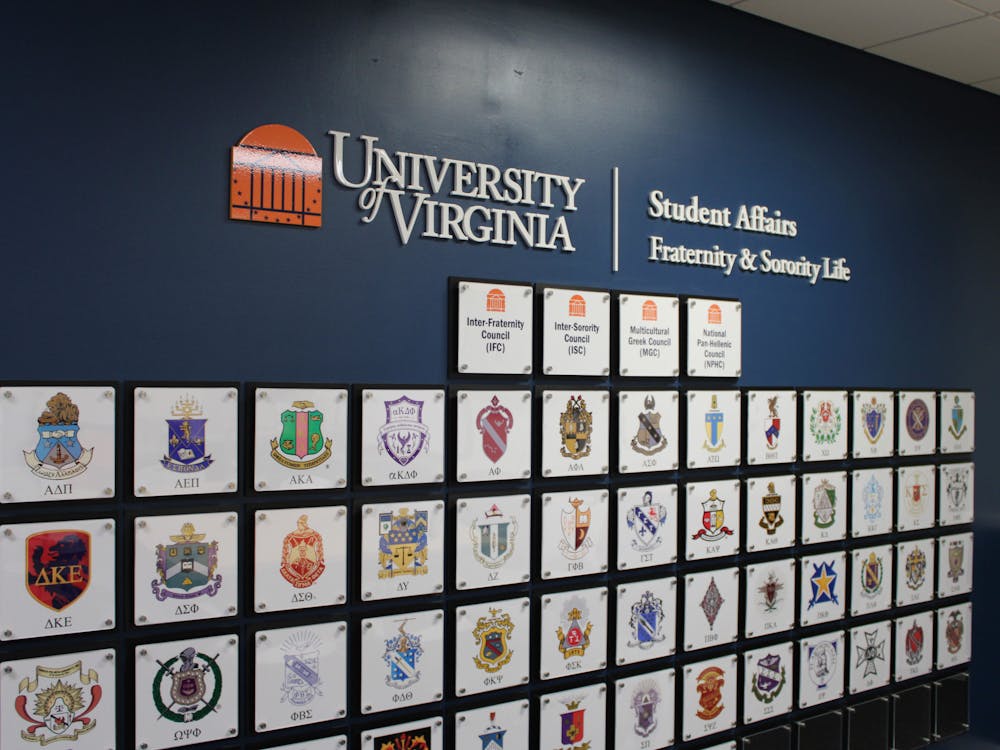Creating spaces at our University that are inclusive can require anything from cultural shifts to changes to admissions policies. But one element of the University that makes inclusion particularly difficult is the physical layout of our school; for students, faculty, administrators or visitors who have accessibility needs, navigating the University’s terrain can often prove difficult.
Our University is approaching its 200-year anniversary. It was not necessarily built with accessibility in mind. And it is undoubtedly difficult to plan construction projects that don’t interfere with the historic landmark we inhabit. But many problems with the University’s physical layout don’t stem from the Lawn area. There are tangible improvements we can make elsewhere.
For instance, first-year dorms along McCormick Road don’t have elevators, nor do the Gooch-Dillard dorms. While three or four flights of stairs may not be cumbersome for the vast majority of first-year students, a student in a wheelchair would certainly struggle to reach the top floor. Of course, to its credit, the University takes accessibility needs into account when assigning housing. But if a first-year student tears her ACL and finds herself on crutches, those three or four flights of stairs suddenly do become cumbersome — and the University can’t predict which students may find themselves physically impaired in the future when assigning housing in the summer.
Many University buildings, according to the University Registrar website, are fairly accessible, and, if academic buildings are not, classes “will be reassigned based on individual need.” (The University has labelled a total of six buildings as inaccessible to students using wheelchairs.) Realistically, a complete overhaul of buildings that aren’t accessible may not be feasible for a plethora of reasons, the most substantial being cost. But making many buildings accessible may not necessarily require a complete overhaul. For instance, increasing the number of ramps leading up to buildings simply requires added construction, not structural changes to the existing buildings themselves. Such additions would be useful at student residences like Lambeth.
Fortunately, the University has significant measures in place to help students with accessibility issues. The Student Disability Access Center is devoted to the issue, and students with temporary or permanent disabilities can apply for the Demand and Response Transportation service, which offers students rides around the University area.
The University has certainly made significant strides in making Grounds more inclusive of individuals with physical disabilities, but there is always room for improvement. The McCormick Road dorms are currently undergoing massive renovations; as we continue to improve upon current structures and build new ones, we should maintain a focus on making these buildings available to all University students.




